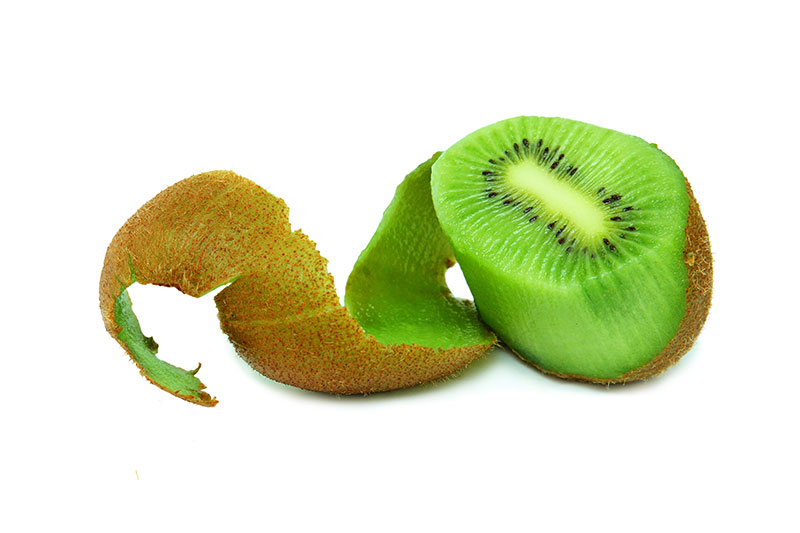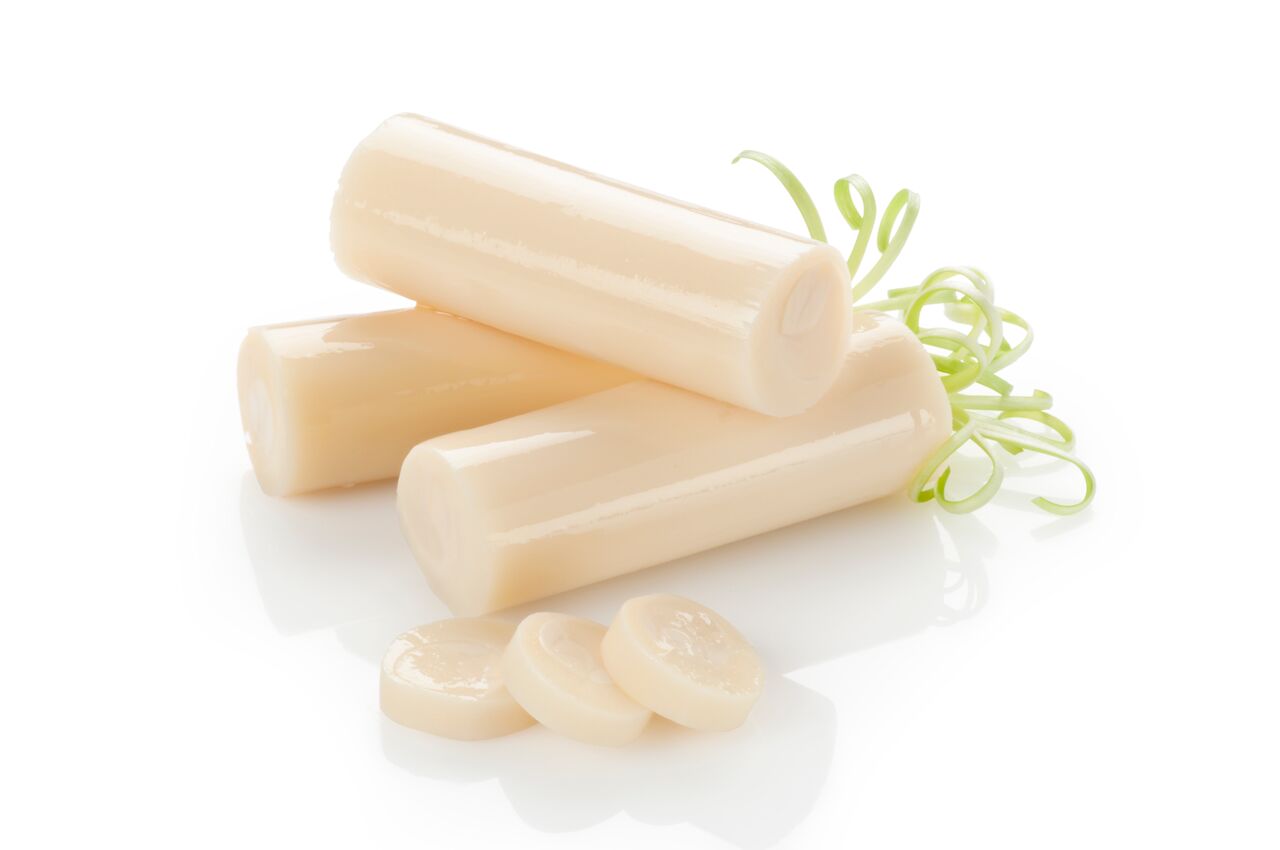Kiwi fruit, with its vibrant green flesh and unique flavor, is a favorite among many fruit lovers. But what about the fuzzy brown skin that surrounds the fruit? Can you eat kiwi skin? This comprehensive guide will explore the various aspects of consuming kiwi skin, including its nutritional value, potential health benefits, and considerations to keep in mind.
The kiwi fruit, also known as Chinese gooseberry, is native to China and is now grown in several countries around the world. It is a rich source of vitamin C, dietary fiber, and various other essential nutrients. The skin of the kiwi fruit is covered in tiny hairs, giving it a fuzzy texture. Some people find the skin unappealing and prefer to remove it before eating the fruit. However, the skin is edible and can be consumed without any harm.
Nutritional Value of Kiwi Skin
The skin of the kiwi fruit contains a significant amount of nutrients that can contribute to your overall health. It is a good source of dietary fiber, which aids in digestion and helps maintain a healthy digestive system. The skin also contains antioxidants that can help protect your cells from damage caused by free radicals. Additionally, the skin is rich in vitamins and minerals, including vitamin E, vitamin K, and folate.
Potential Health Benefits
Eating kiwi skin can offer several potential health benefits. The skin contains more fiber than the flesh of the fruit, which can aid in weight management and promote a feeling of fullness. The fiber content can also help regulate blood sugar levels and improve cardiovascular health. The antioxidants present in the skin can support a healthy immune system and reduce the risk of chronic diseases.
Considerations and Precautions
While kiwi skin is generally safe to eat, there are a few considerations and precautions to keep in mind. Firstly, it is important to wash the fruit thoroughly before consuming it with the skin. This will help remove any dirt or pesticide residues that may be present. Secondly, some people may be allergic to the proteins found in kiwi skin. If you have a known allergy to kiwi fruit or experience any adverse reactions after consuming the skin, it is best to avoid eating it.
Texture and Taste
The texture of kiwi skin can be off-putting for some individuals. The tiny hairs on the skin may feel unpleasant in the mouth. However, the texture can vary depending on the variety of kiwi and its ripeness. Some people find that the skin becomes softer and less fuzzy when the fruit is fully ripe, making it more palatable. As for the taste, the skin of the kiwi fruit is slightly tart and may have a bitter undertone. It can add an interesting contrast to the sweet and tangy flesh of the fruit.
Ways to Eat Kiwi Skin
If you decide to eat kiwi skin, there are several ways to incorporate it into your diet. One option is to simply bite into the fruit, skin and all. Ensure that you wash the kiwi thoroughly and remove any stickers or dirt before doing so. You can also slice the fruit and eat it, leaving the skin intact. Alternatively, you can peel the kiwi, as you would with a banana, and enjoy the flesh while discarding the skin. Some people prefer to remove the skin and use it in recipes, such as smoothies or fruit salads, to add a touch of tartness.
Conclusion
In conclusion, kiwi skin is edible and offers a range of nutritional benefits. It is a good source of fiber, antioxidants, and various vitamins and minerals. Consuming kiwi skin can contribute to a healthy diet and potentially provide several health benefits. However, it is essential to wash the fruit thoroughly and be cautious if you have a known allergy to kiwi fruit. The texture and taste of the skin may not be appealing to everyone, so personal preference plays a significant role in deciding whether to eat kiwi with or without the skin. Experiment with different methods of consumption and enjoy the unique flavor and nutritional goodness of this delightful fruit.
- Can You Eat Kiwi Skin? - July 19, 2023





